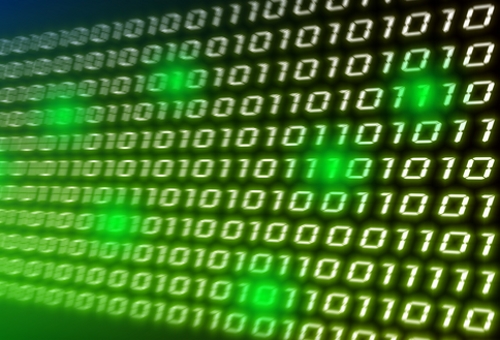Editor’s Note: Here’s an interesting thread from the PSW Live Audio Board (LAB) forums. It’s lightly edited for grammar and formatting. Enjoy.
Posted by Mac
I’m pretty sure I posted this video 4 years ago when it came out, but it was brought to my attention again today and I remembered how clearly it explains what’s happening, and how sample rate and bit depth effect the result.
I was glad to watch it again. (Video posted below)
Reply by Dave
So, at what point does the resolution / bit depth make any difference to what we hear?
I’ve been playing around with hi-res audio files lately, and I feel like I easily can hear the difference between MP3, CD and 96khz/24 bit files.
I feel like there is a spacious and more detailed sound to the hi-res files, not just a noise floor thing. I can also easily distinguish between high and mid quality D/A converters. And no, I don’t have any $500 IEC or RCA cables.
Reply by Dennis
Which part of this are the producers intentionally screwing up in all modern (since 1990) “popular” recordings? I’ve always referred to it as just “intentional digital distortion.” I hate it (yes, strong words), as it is impossible to make any of these recordings sound good on any PA. All I’ve been able to do is try to make myself small and turn it down.
Reply by Stephen
Ummm, what would happen if he hooked the analog scope up to the digitized signal? e.g. what is going into the DAC.
While theoretically samples are infinitely small points, the reality of electrical signals is that they aren’t. As his explanation of band limiting shows. All practical electrical signals are band limited to some degree. So in practical terms you have more of a stair step than he admits. The aliasing filters do the band limiting to average the samples into his output waveform.
The issue with time is not that something has to line up with the start of a sample, it’s that the samples need to be in sync. Any variation in the timing of the samples means that the wrong data could be sent at the right place in time or the right data is played back at the wrong place in time.
Reply by Mac
What would that tell you? Isn’t what matters how closely the analog out matches the analog in? We can’t hear the digital signal as audio.
High sample rates allow the antialiasing filters to be farther out of the audio range and/or more gentle, which probably has a positive impact on audio quality, and higher bit depth will allow greater dynamic range which while probably not useful in most pop music due to the inherent lack of dynamic range, it may be important in other musical genres where dynamics are important.
Reply by Corey
Great video. Most of it I was familiar with but I learned a bit about the anti-aliasing filters being non-additive.
I remember having my mind blown during Signals & Systems class in engineering school when the professor said that even signals near the Nyquist frequency are reproduced perfectly in the analog domain no matter how poor they look on the digital graph. I bought a cheap used oscilloscope and tried that at home because I didn’t believe him.
Reply by John
Sampling theory is much older than high resolution A/D and D/A conversion so there are multiple mechanisms involved.
Back in the 70’s I made delay lines that used analog shift registers to capture, delay, then output discrete analog samples. These analog systems required the same anti-alias filters and anti-imaging signal reconstruction filters.
The best way to think about modern digital conversion, is to not think about it, too much, if at all. Old fashioned analog specifications (like, THD, S/N, and frequency response ) can adequately characterize modern audio paths.
Reply by Rex
Thanks, Mac. I’m gonna show this to the next band “engineer” who has no clue.
Do you have any suggestions or ideas about this one? Click here to go straight to this forum thread to ask questions or add comments. Click here to access any of the forum categories.















